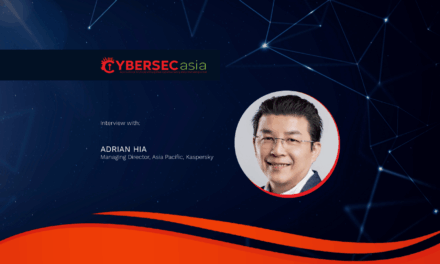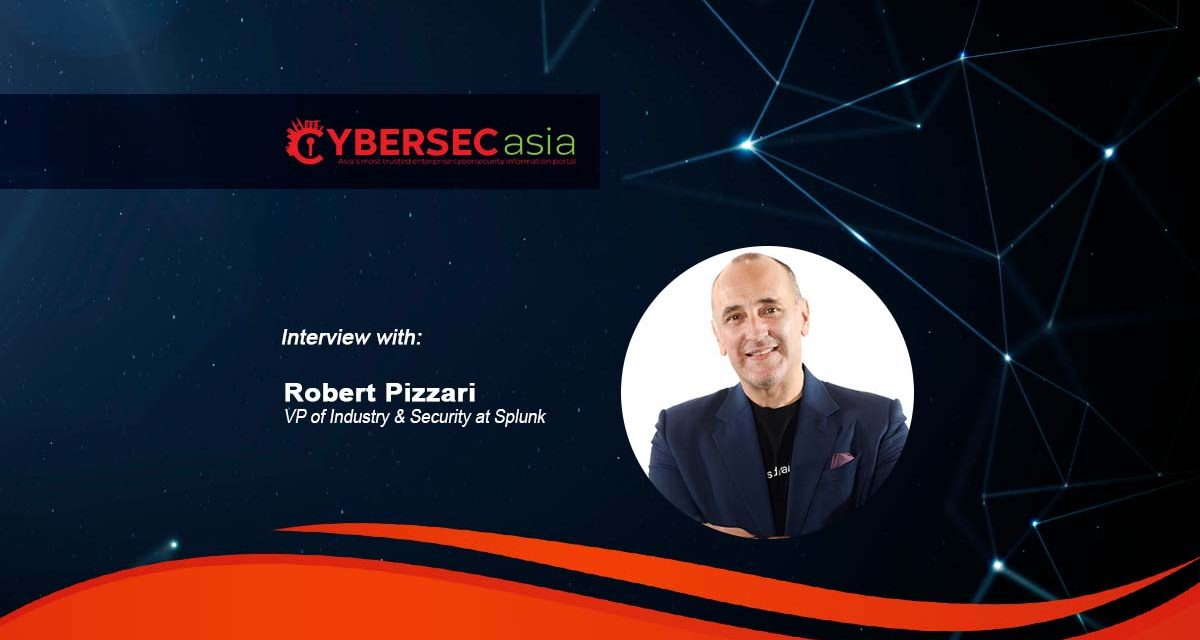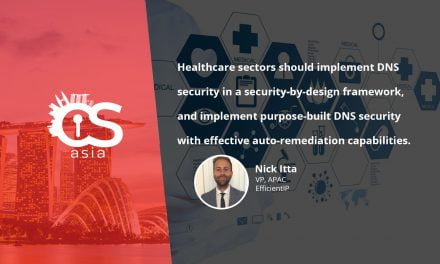RP: With increasing regulatory complexity, organizations must take a proactive and structured approach to compliance. Recent regulatory shifts are imposing stricter breach reporting timelines and greater executive accountability. We see emerging trends, including stricter breach reporting rules, and AI governance and data sovereignty laws.
To stay ahead, organizations must adopt continuous compliance monitoring, automated reporting tools and regular simulation exercises. Compliance is not only about avoiding fines. It is key to building trust, ensuring resilience and protecting long-term business success.
To address legal and reputational risks, organizations must integrate compliance into their broader security strategy rather than treating it as a checkbox exercise. In order to ensure clear reporting structures and shared accountability, it is essential to foster strong collaboration between security, legal and compliance teams.
Also, in our experience, some CISOs in the region have reported being pressured to underreport incidents. Transparent governance frameworks and internal protocols are critical to addressing this challenge.
CybersecAsia: What are the top three security priorities that CISOs should focus on in 2025 and beyond?
- Defining cybersecurity materiality: With increasing levels of data breaches and evolving regulations, governments across the world are setting clearer expectations for managing cyber risks. A unified definition will close accountability gaps, enhance incident response and protect businesses from financial and reputational damage.
- Data quality as the foundation of cybersecurity: Cybersecurity is not about having more data — it is about ensuring the data is accurate, secure and private. Poor data leads to flawed security decisions, thereby making organizations more vulnerable to threats.
- AI as a core cybersecurity tool – While AI-driven attacks are a concern, AI is also used to strengthen cyber defence by detecting anomalies, leveraging predictive models to prioritize threat detection, and recommending actions based on risk assessment.
In the long run, these priorities will help organizations improve response times, enhance security efficiency and strengthen digital resilience.
CybersecAsia thanks Robert Pizzari for sharing his insights on the global cybersecurity landscape.

















